14 Ways To prevent free trial abuse of your SaaS in 2025
Summary
- Common ways scammers use to abuse a free trial
- 14 Qualified Ways To Stop Free Trial Abuse of SaaS Products
- 1. Email & Phone Verification
- 2. IP & Geo-location blocking
- 3. Nominal Fees for Trials
- 4. Strengthen Email and Domain Validation
- 5. Dynamic Trials Based on Context
- 6. Blocking Throwaway emails & Modifier
- 7. Use early conversion offers
- 8. Limit free trial deliverables
- 9. Flag suspicious user flow
- 10. Sophisticated Referral Control
- 11. Controlled Sandbox
- 12. Use CAPTCHA
- 13. Create User Education Barriers
- 14. Transparent Terms and Conditions
- Conclusion
Providing a free trial of your SaaS product is one of the most effective ways to attract paid users.
But it can also attract scammers who look for ways to bypass the trial and use your value-adding product for free.
So, should you stop providing free trials?
That might be a simple solution but not the best one. B2B SaaS has seen an increase of 66% in their conversion with free trial.
And if you are just getting started, a free trial makes it easy to showcase your SaaS and gain users.
The question is, How do you prevent free trial abuse of your SaaS? And for that, we are sharing 14 qualified ways with you here.
So without any further ado, let’s get started right away.
Common ways scammers use to abuse a free trial
To stop users from abusing free trials of your SaaS, we need to know their ways. Here are 6 different ways scammers use to abuse a SaaS free trial:
- Account Farming: Scammers create multiple accounts to continuously access free trials without paying.
- Fake Email Generators: They use disposable email services to repeatedly activate free trials.
- Automated Bots: Use of bots to mass-create trial accounts for exploitation
- Bypassing Limits: Scammers can exploit system loopholes to remove or exceed trial restrictions.
- Credential Stuffing: Scammers test stolen credentials to access trial accounts fraudulently.
- Account pooling: Users share their account access with multiple users.
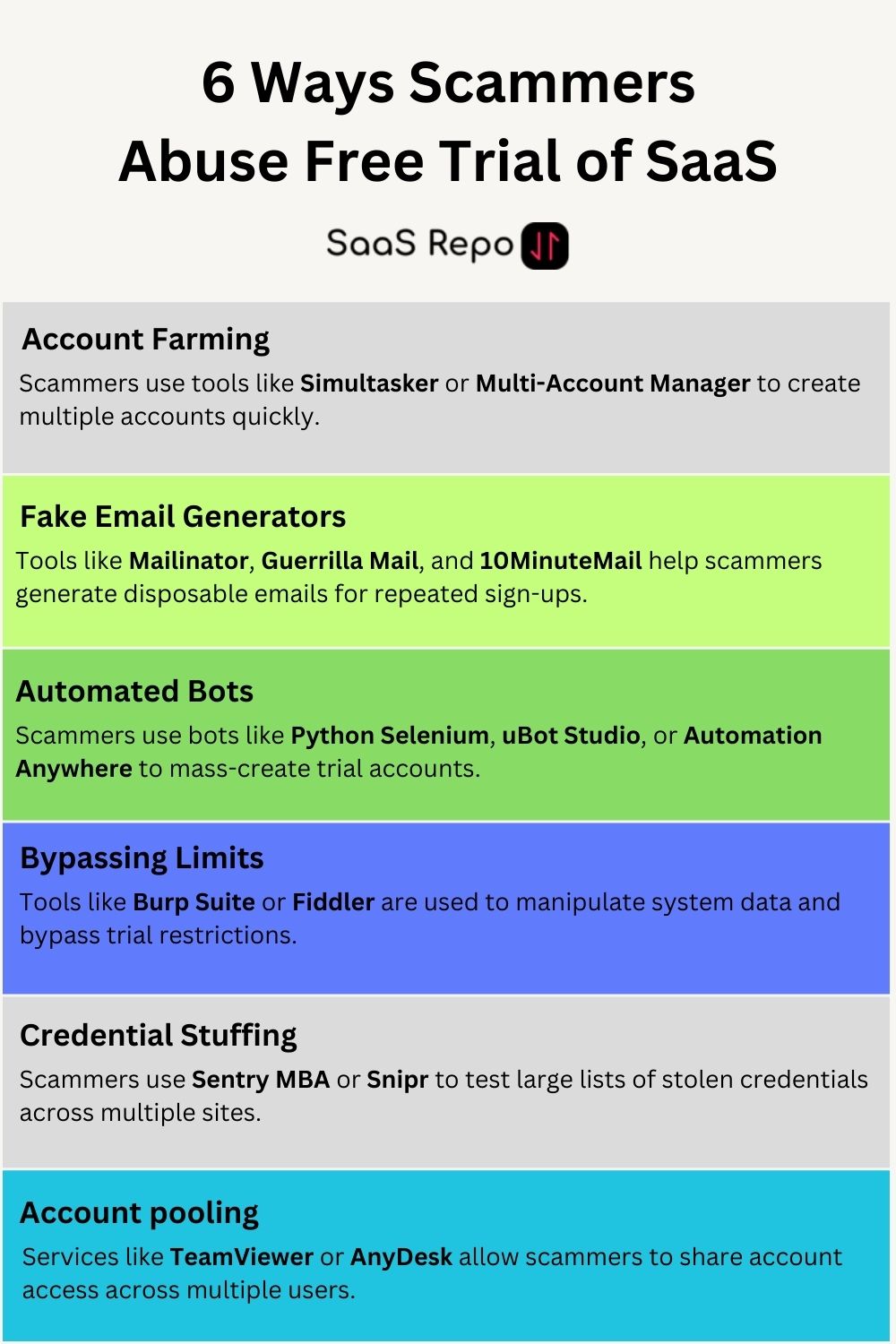
Above are just a few common ways a user might be abusing a free trial of your SaaS tool or product.
But to ensure you don’t bear any more loss, here are 14 systems that you can adopt.
These systems and methods are used by leading SaaS organizations and are highly valued in the community. Now that we have a better understanding of scammers, let’s talk about solutions.
14 Qualified Ways To Stop Free Trial Abuse of SaaS Products
1. Email & Phone Verification

If you are in the SaaS industry, you must have created your ChatGPT account. And if you remember, in order to use ChatGPT you need both—your email and phone number verification.
Once your account is created, both email and phone number are linked. This limits the number of accounts a user can create to use this platform.
You might be surprised to know that only 14% of respondents from the USA have one email ID. Every else, at least 2 or more than two.
Since creating and managing an email ID is free, people easily create an account for different purposes. A mobile number on the other hand for each person is limited.
Based on this insight, if you ask a user to add both email and mobile number—it becomes easier for you to stop free trial abuse of your SaaS product.
Here are a few extra steps that you can take:
- OTP Validation: Use One-Time Passwords (OTPs) sent via both email and SMS for their verifications.
- Login Confirmation: Use your registered email and mobile number to send log-in OTPs. Especially when a user tries to log in again from another device or after a certain time.
2. IP & Geo-location blocking
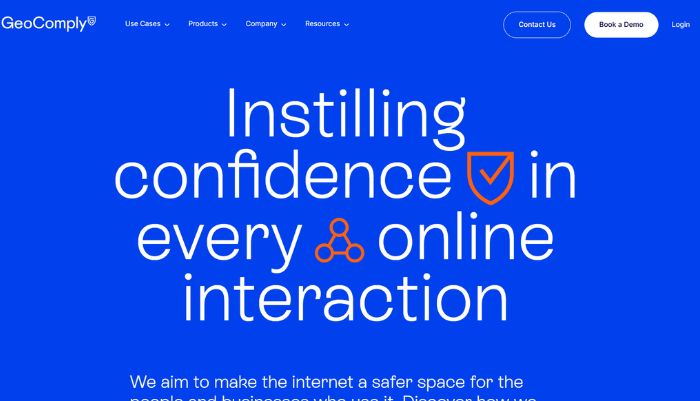
IP and geo-location restrictions are powerful ways to prevent free trial abuse of your SaaS. But if you have identified a particular region with high levels of fraudulent activities—it’s best to block them.
While some scammers might start using VPN, blocking suspicious IPs over time will keep your SaaS trial active and beneficial for genuine users.
You can also employ VPN/Proxy Detection Tools like IPQualityScore or GeoComply to identify and block VPNs, TOR networks, or proxies.
If you don’t want to block an entire region completely, you can add a contact form for a particular region. This will allow you to manually identify users and give them access to your SaaS product.
3. Nominal Fees for Trials
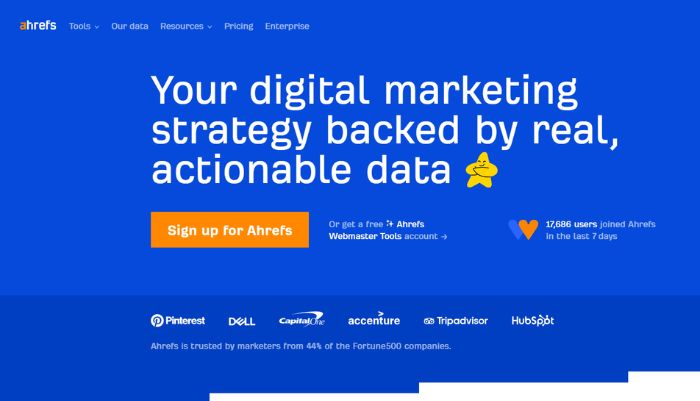
Offering free trials attracts genuine users, but we have seen that it opens doors for scammers. It is clear that they don’t want to pay for your product.
That is why introducing a nominal fee for trials can actually prevent free trial abuse of your SaaS.
These fees can be as small as $1 to $5. Something that a genuine user won’t mind. But will surely repel a scammer.
A while back, Ahrefs used to offer a 7-day free trial for $7 with limited access to their platform.
While Ahref no longer uses this offer, it is surely something that you can use for your platform to prevent users from abusing free trials of your SaaS product.
4. Strengthen Email and Domain Validation
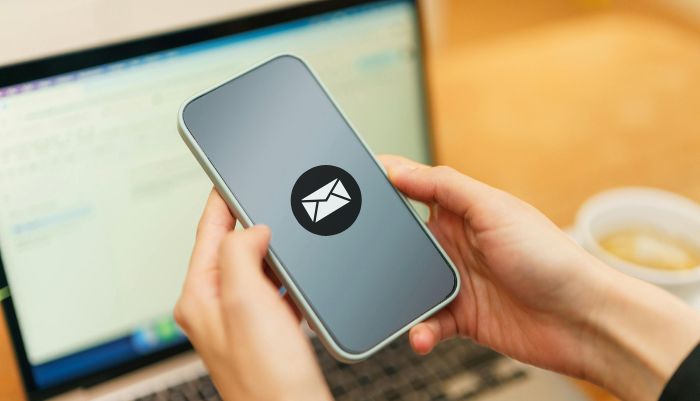
A key tactic to stop free trial abuse is strengthening your email and domain validation processes. We have already discussed using mobile numbers along with email.
But there are also more ways to ensure that a user is using genuine email IDs.
For B2B SaaS products you can prioritize signups using company or organizational domains. These are @companyname.com.
Getting a business email is costlier. If you can verify the business email as well as the website—it will become easier for you onboard genuine users of your SaaS.
5. Dynamic Trials Based on Context
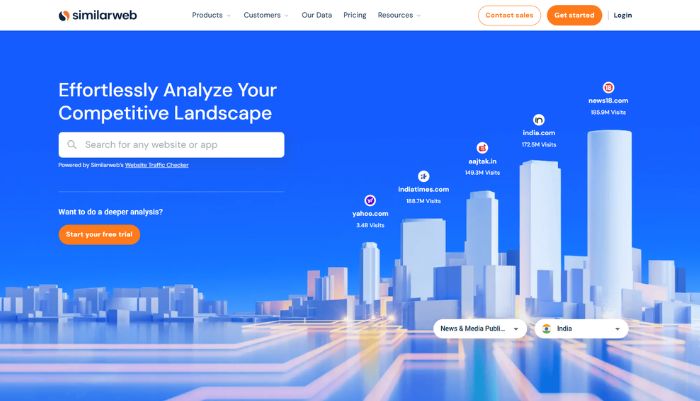
Dynamic trials mean optimizing access, based on the user who signed up.
For example, Similarweb is an analysis tool that is used by market researchers, marketing professionals, and founders.
When you sign up for a 7-day trial, Similarweb requests you to share details like, who you are, what are you looking for, the number of members in your team, and more.
Based on this input, the access within a tool can be optimized. If you have multiple ICPs (Ideal Customer Profiles), you can dynamically optimize your free trial.
Firstly, it will help you learn more about users who sign up. Second, it will limit scammers from abusing unrestricted free trials of your SaaS.
6. Blocking Throwaway emails & Modifier
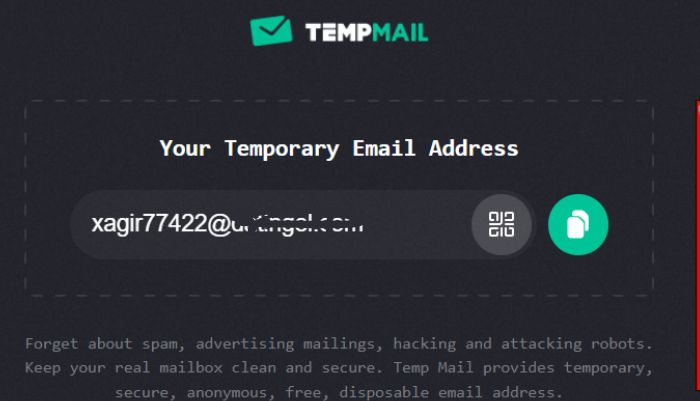
Asking for email and first name is the most popular combination for sign-up. But with websites like temp email, getting a temporary email has become easier than ever.
Additionally, using modifiers in emails like “+alias” allows users to create multiple variations of the same email.
It is important that your SaaS automatically restricts such emails. You can use a list of disposal domains to block temporary emails along with modifiers.
Also, keep the list of temporary emails updated in your system, as it is one of the easiest ways to prevent free trial abuse of your SaaS.
7. Use early conversion offers

We have gone through ways by which you can prevent free trial abuse of your SaaS. All of them were technical, but let’s try a different approach as well.
Along with preventing scammers, you can motivate your free trial users to sign up for a paid plan with an exclusive offer.
An offer that is a steal for a customer, who wants to draw maximum value out of your product.
Consider this as an extension of your free trial. A way through which you build a longer connection with your user and gain their trust to pay for your product.
Also, it is worth noting that you have a 60-70% more chance of selling to an existing customer versus a 5-20% chance of selling to a new customer.
8. Limit free trial deliverables
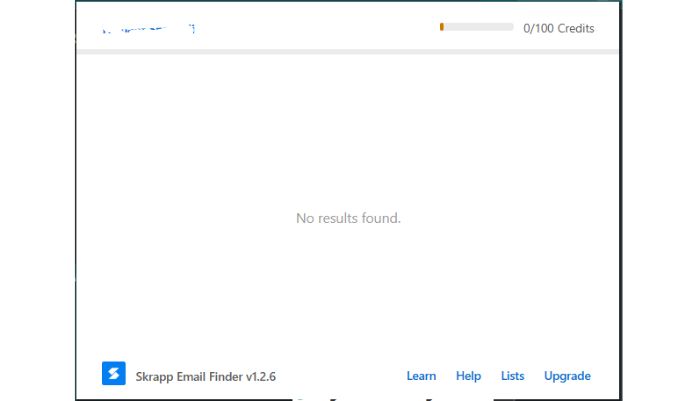
A free trial is a way for SaaS companies to show the value they can add. It is a way through which a user experiences the tool and evaluates if it’s a good fit for them.
Free trial is not a master key to solve a problem, but rather a way to demo how it will be done.
That is why, you can definitely limit the deliverables of your free trial. One such example is Skrapp.io.
LinkedIn first email-finding tool that allows users to find 100 emails free each month. If you users want more, they can opt for a paid plan.
Using credits or tokens to limit your SaaS deliverable can be a healthy way to prevent free trial abuse.
Users can find enough value and choose if they want to opt for a paid plan or not.
9. Flag suspicious user flow
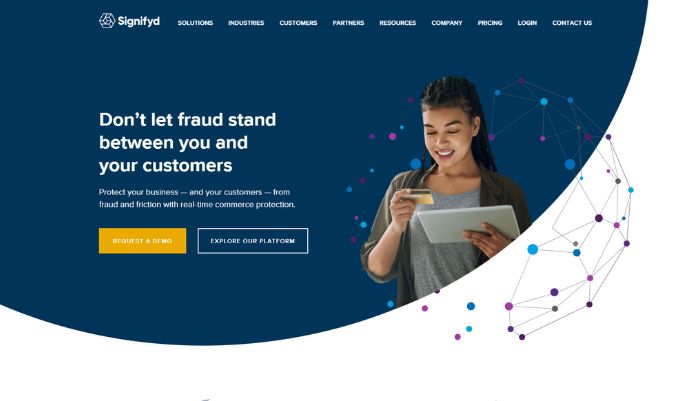
A new user would generally take time to understand your interface. They might explore what you are offering in a trial and then use your SaaS product.
On the other hand, a person who already knows your product will rush to use the feature you are offering.
There can be a stark difference in both the user flow. Something that you can use to identify and block potential scammers.
You can use tools like Sift, Signifyd, or Forter to provide automatic flagging of high-risk users by analyzing various data points, including login frequency, IP location, and activity patterns
10. Sophisticated Referral Control
Referral programs can be a powerful SaaS marketing strategy to attract genuine users. But at the same time, they can also be exploited by scammers to gain free access to trials.
Having Sophisticated referral control helps you prevent misuse while still allowing legitimate users to benefit from the program.
This means it is important to communicate your benefits and control mechanisms around referrals.
Controls can be in forms like:
- Clarifying what a successful referral is—a free trial user or a paid user?
- Setting a cap on the number of successful referrals a user can make in a timeframe.
- Use unique referral codes for every user and ensure that the code is valid for only one-time use
- Analyze user referral patterns from the same geographic location or IP range, and flag those for further investigation.
Having such controls in place can be a great way to attract users through referrals while preventing any free trial abuse of your SaaS.
11. Controlled Sandbox
One common facilitator of free trial abuse in the SaaS industry is ease of access. A genuine person can simply enter their email and take a free trial.
This ease of access is exploited by scammers, which can be costly for SaaS businesses.
Especially for AI products where companies are spending close to $150,000 annually to just train their models.
In such cases, creating a Sandbox is beneficial. It is an artificial waiting room where users can be verified before giving them access to the tool.
This will limit the number of users and reduce free trial abuse of your SaaS quite effectively. Additionally, you can also use this opportunity to know more about your user for ABM strategy for your SaaS.
12. Use CAPTCHA

A simple yet effective way to reduce free trial abuse of your SaaS is by restricting user flow.
When a suspicious user is detected, using CAPTCHA can effectively stop bots or users from abusing free trials of your SaaS.
To further enhance security, combine CAPTCHA with rate-limiting. It will restrict the number of actions a user can take in a given period.
For example, you can block an IP after multiple failed attempts or CAPTCHA challenges and require the user to wait for a cooldown period before trying again.
Oftentimes, this cooldown period will push away scammers who are trying to abuse the free trial your SaaS offers.
13. Create User Education Barriers
Another, more subtle way to restrict user flow is by creating educational barriers. An interactive step-by-step demo that teaches how to use your products.
For a new user, this demo can be a great way to learn and evaluate your SaaS.
For scammers on the other hand, it can be unappealing to perform a set of actions before being able to use your product freely.
While we have gone through various technological methods above, creating such psychological barriers can too help you prevent free trial abuse of your products in SaaS.
14. Transparent Terms and Conditions
Users must fully understand what they can and cannot do during the trial period.
Start by clearly outlining the limitations of the free trial—how long it lasts, which features are available, and any usage restrictions.
Specify that abusive practices—such as creating multiple accounts or sharing login details—will result in immediate termination of the trial.
And instead of legal or marketing jargon use simple language to communicate with users.
By making these terms easily accessible and requiring users to acknowledge them before starting the trial, you ensure everyone is on the same page.
Conclusion
Start by reviewing your current free trial system and integrating some of the methods we’ve discussed above.
Methods such as email & phone verification, dynamic trials, and early conversion offers are some of the most effective ways to prevent free trial abuse in SaaS.
Along with that, regularly monitor user behavior and adapt your strategies to stay ahead of scammers.
By combining these practices, you’ll not only reduce fraud but also improve your conversion rates and build trust with authentic users.


